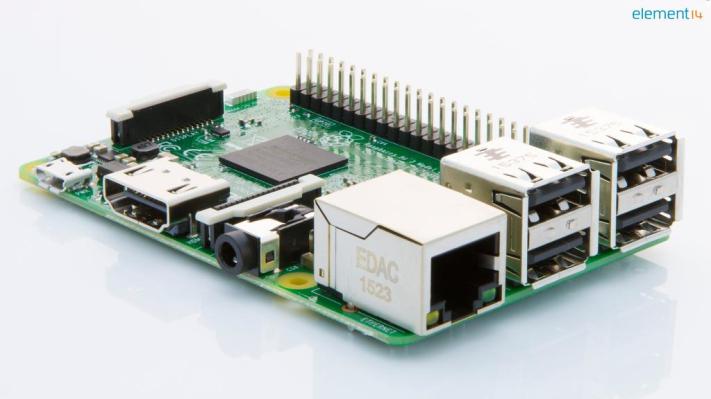A major new Raspberry Pi microprocessor has been announced today: the Pi 3 Model B board becomes the new top-of-the-line Pi, with a 64bit 1.2GHz quad-core chipset and 1GB RAM it’s being slated to offer a 50 per cent power bump over the Pi 2. But is still priced at just $35 — the original Model B Pi price-tag, four years on from its debut.
Round about this time last year the Pi Foundation launched the 900Mhz quad-core Pi 2 — which was 6x faster than the then top-of-the-Pi-line Model B+ board, and dubbed an affordable “entry-level PC”. Also priced at $35.
The Foundation is touting the Pi 3 as opening up “even more possibilities for IoT and embedded projects”. Speaking to the BBC, Pi founder Eben Upton said: “This is the first Pi you can stick behind your TV and completely forget about.”
“The two main things that people do with their Pi are use it as a PC replacement or use it as an embedded computer,” he added. “The Pi 3 is doubling down on both those things rather than going looking for new things to do.”
The really big deal here is the inclusion of built in wireless LAN and Bluetooth. The Pi 2 had Ethernet but makers wanting the board to support wireless connectivity had to add a wi-fi or Bluetooth dongle. The Pi 3 removes the need to buy wireless add-ons, so it’s being positioned for out-of-the-box IoT development and as a powerful IoT hub that can link together multiple in-home connected devices.
As well as having more built in connectivity options and more processing clout, the Pi 3 has improved power management and an upgraded switched power source — up to 2.5 Amps — allowing it to support more powerful external USB devices, according to the Foundation.
Early benchmarks suggest it will deliver a roughly 33 per cent bump on Pi 2 performance in aggregate.
Back in November, the Pi Foundation launched another new board: the single core 1GHz Pi Zero delivers a lot less on the processing performance front and lacks on-board connectivity options (a wi-fi dongle can be plugged into its micro-USB port) but it costs just $5 — a price-point that’s clearly targeting makers wanting to build individual IoT/connected devices.
The more powerful and well connected Pi 3 doubles down on the growth in IoT devices the Pi Zero was seeking to encourage — following on from the Pi 2, which was capable of running a version of Microsoft Windows that’s designed to support IoT apps (aka Windows 10 IoT; formerly called Windows Embedded).
At a launch event today the Foundation said it has worked closely with Microsoft to ensure full compatibility between the new Pi 3 board and Windows 10 IoT.
A “few hundred thousand” Pi 3 units are going on sale today, according to Upton.
